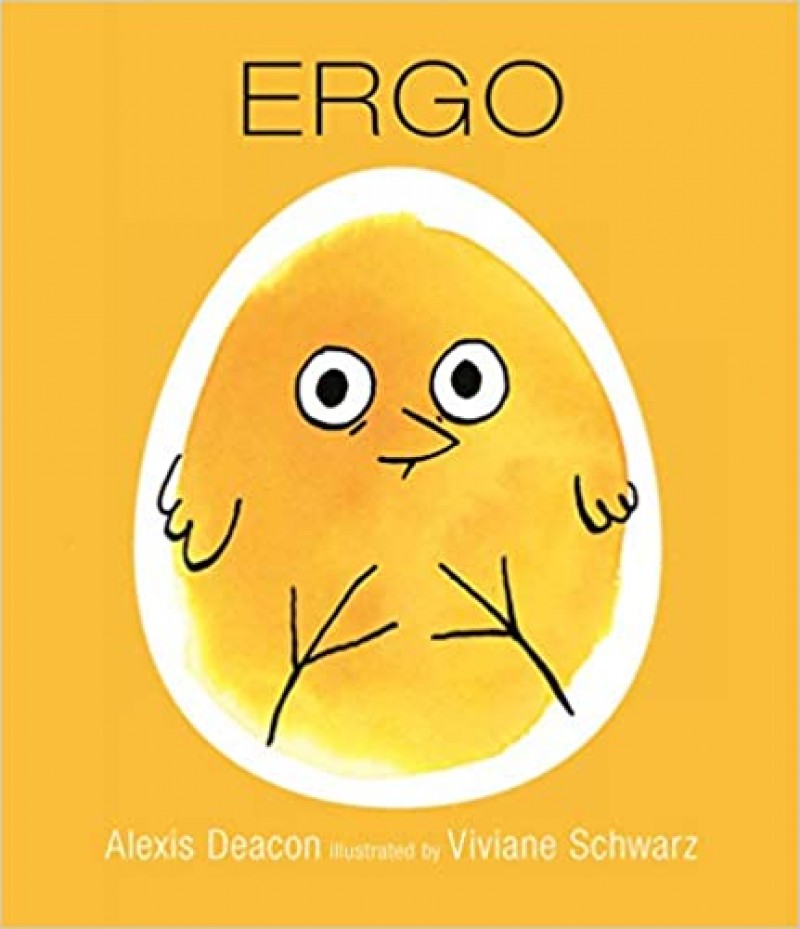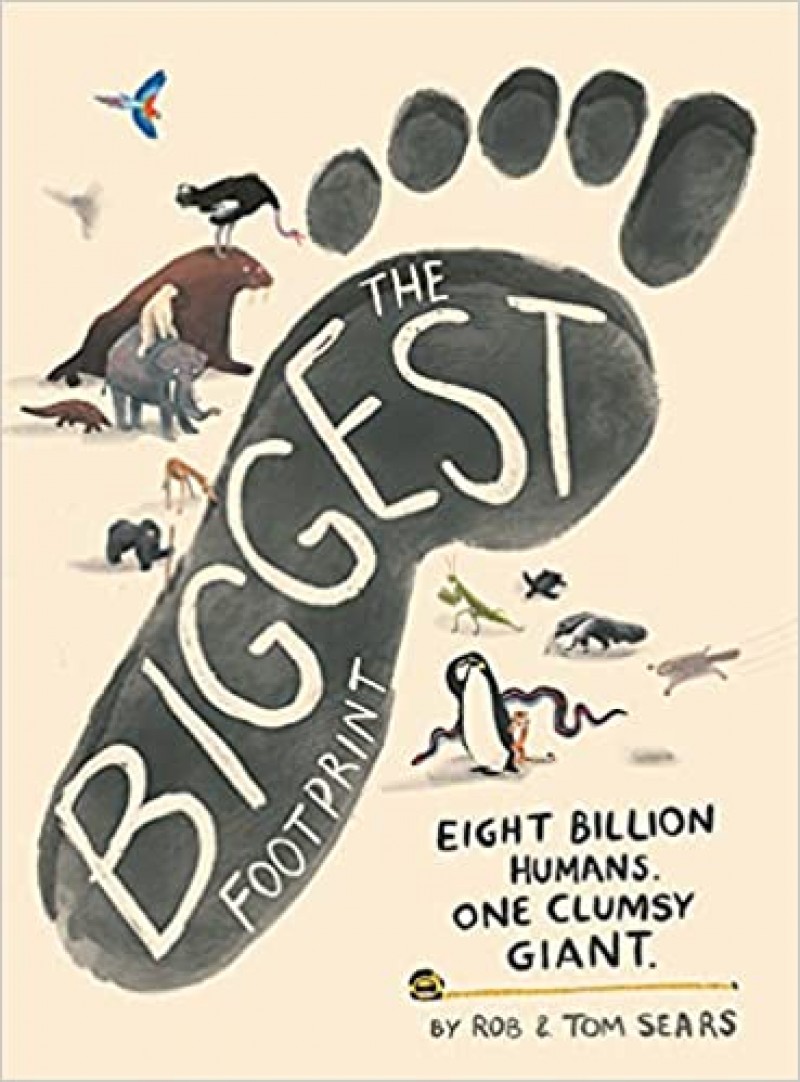Posted on: 27/08/2021
Why are we here? Who am I? What’s my purpose? Whilst these might not be ponderings of a primary-aged child, most children will still think upon life’s big questions at some point. Just the other day (at bedtime, as is typical) one of the youngest children belonging to us at Literacy Tree wondered, if people believe God created the Earth and was the first person to exist, then who created God? And then there are things that are happening in the world at this point in time - unspeakable things. How do we help children and young people make sense of these? Whilst it’s very important to encourage children to think globally and to be curious beings, so too is it important that children know that making our more immediate world as nice as possible really matters: acting with kindness and integrity; building strong bonds with people and taking opportunities that have been given. This might mean leaving our comfort-zones and making leaps of faith. It might mean becoming more outward-looking and thoughtful. Curiously enough, studies show that the current generation of teens is, by in large, much more averse to risk than previous generations were. This is perhaps no bad thing but, as the saying goes, nothing ventured, nothing gained. So how can we engage children in the act of thinking about thinking and to avoid staying within their comfort zones, locked away in a shell, never-questioning and ever-stagnating? How can we nurture a child’s natural curiosity? The obvious response to this is literature and we believe that this month’s selection of fantastic texts can do exactly this.
Ergo by Alexis Deacon, illustrated by Viviane Schwarz (Candlewick Press, 10th August 2021)
Long-awaited companion book to this fantastic duo’s I am Henry Finch, Ergo, as sweet as it is clever, is something of an introduction to Plato for children. Original, evocative and a perfect capture of the developing mind of a child in the Early Years, we meet Ergo – a fluffy little girl chick. And in that genius way that authors have of using some good old nominative determinism, as her name suggests, Ergo sets out to explore her world, making discoveries about herself and her world where each new discovery means, therefore(!), something must also be so. After finding her toes, wings, beak and legs, she wonders, ‘AM I THE WORLD?...She was happy. I AM THE WORLD AND THE WORLD IS ME, she thought.’ Now, anyone who has experience of pre-schoolers will know that the natural egocentricity of the very young is precisely what helps them have the drive to find out things for themselves and that this, in turn, is what then leads the very young child to understand that there are others to be considered, too and this is what Ergo is at the beginning stages of. After a large BUMP alerts little Ergo to the existence of others (ergo the realisation that she is not the world,) then comes a rather horrifying thought…Perfect for a circle-time discussion in any Reception or Year 1 class especially at the start of a new school year when trying to encourage independent thought, awareness of self and others and confidence.


Locked Out Lily by Nick Lake, illustrated by Emily Gravett (Simon and Schuster, 30th September 2021)
First novel for Nick Lake for children in the upper primary and with illustrations by acclaimed children’s illustrator, Emily Gravett, that work sensitively around the dark and light shading of the narrative, this is proves to be a glorious collaboration. Lily has been thrown into a situation where thinking is all too much: illness for Lily and an unwanted sibling due any day has forced this child to retreat into her shell, willing the world to turn in reverse back to a time when life was simpler and none of these difficulties had beset her. She cannot bear the thought of a new sibling – perfect, unsullied – replacing her; her with the imperfections caused by illness. So when Lily has spent the day receiving treatment in hospital to find that her Granny – Granny Squeak - is taking her home to stay with her while mum’s giving birth – perhaps in the same hospital, perhaps not – Lily decides to sneak out of her Granny’s house and head home. She’ll enter with her spare key and collect some bits and work out which hospital her parents are in before somehow making her way there in order to ensure that her parents don't forget their firstborn when her sibling – the perceived interloper – makes its first appearance. As she turns her key in the lock, the door falls open and her mum is standing there, babe in arms. To Lily’s dismay, her mum doesn't recognise her. Has she already been forgotten or is there something bigger at play? And so begins a journey of self-discovery, replete with tender yet ever so slightly sarcastic talking animals, where Lily must master her mind, use the power of thought and learn to trust this band of unlikely assistants to save not just her parents but her baby sibling from the people borne out of what appears to be dark magic (we learn later on that these beings are a manifestation of something else…) in her house. This is an exploration of not just the literal ‘being locked out’ experience that Lily has but also the sense of isolation that her illness has brought-about: feeling as if she’s a burden; feeling ostracised by people who used to be her friends and the thought that will not go away that if only she could be let back into the life that she feels she should be living, then things might just be okay. What she must learn, however, is that to be free from the feeling of being locked out, she must accept her illness; embrace it even. A powerful and confronting read perfect for independent reading or reading aloud in a Year 5/6 class
Think Like a Scientist! Ask questions! Read! Understand! by Susan Martineau; designed and illustrated by Vicky Barker (b small publishing, 23rd September 2021)
From the same series as Question Everything! An Investigator’s Toolkit, this critical thinking book poses questions about all-things science. There are sections on how scientists find things out; how to analyse and make sense of scientific information; ethics around science experiments; pioneers and – rather topically – vaccines. Many of the questions are answered but some are perhaps unanswerable, engendering debate instead: Edward Jenner’s ‘Famously dodgy, but amazingly effective’ experiment which led to the development of the smallpox vaccine (incidentally, ‘vacca’ is Latin for cow…) Infographics are used to help the reader learn about reading information like a scientist and advice to ‘Do some slow thinking instead of quickly assuming you know what it is telling you. It is worth taking your time to understand something.’ is dispensed. The Science of the Imagination section takes the opportunity to pose ‘some rather mind-boggling questions that stretch our imagination such as, ‘Will humans ever be able to time-travel?’ Here, Albert Einstein’s ‘thought experiments’ are also referenced, which is a curious concept seeing as sometimes if we imagine what seems impossible then that thought can perhaps become a reality. Brilliant for children in lower key stage 2, this is a call to ‘Join us to shine a light on the science around us with some essential scientific literacy skills.’ Each section spanning only two pages and text interspersed with illustrations and diagrams makes this a brilliant non-fiction offer for a less-confident reader.


The Biggest Footprint by Rob and Tom Sears (Canongate, 16th September 2021)
Debut children’s book by bestselling author Rob Sears (author of the acclaimed satirical anthology, The Beautiful Poetry of Donald Trump) in collaboration with his brother, the talented Tom Sears, this is perfect for sparking curiosity; for encouraging young people to really ponder the ways of the world and – more importantly – develop conceptual understanding of just how big the world’s population of almost 8 billion human beings actually is and the impact that this is having on our planet. We are invited to, ‘Behold the Smooshing MachineTM ! A marvel of science and engineering, built to bring humankind together – literally.’ We turn the page to reveal the ‘glorious specimen’ on a scaled double-page spread, not dissimilar to Laura Carlin’s illustrative style in the February 2018 version of Ted Hughes’ The Iron Man: a ‘mega human’. And it is this mega-human – representative of all mankind – that then becomes symbolic of the greed and, to return to an earlier theme of egocentricity that will see – is already seeing – the destruction of our earth from overconsumption and the disastrous and massive carbon footprint that we’re leaving behind, hence the apt title. Creatures are smooshed; commodities are smooshed; flora, possessions… everything can go in the smooshing machine. The trouble is that the total mass of each category when ‘smooshed’ is reflective of the total remaining… or not in some cases. And then – ‘in case the scale of the trouble we’re causing isn’t clear by now, we are prompted to not forget the plastic we dump in the sea. And the clothes we chuck away after a couple of wears’, comes the suggestion that ‘We could give back to the places we’ve taken from. Then we really would be able to call ourselves an amazing species.’ Now that’s a thought! Innovative and clever, the Sears brothers write and illustrate about this thought experiment with extraordinary elan and flair. A perfect book upon which to base an integrated topic in key stage 2, with multiple opportunities for teaching mathematical, geographical, scientific and biological concepts amongst other things through a quality text.
Posted in: Literature Review